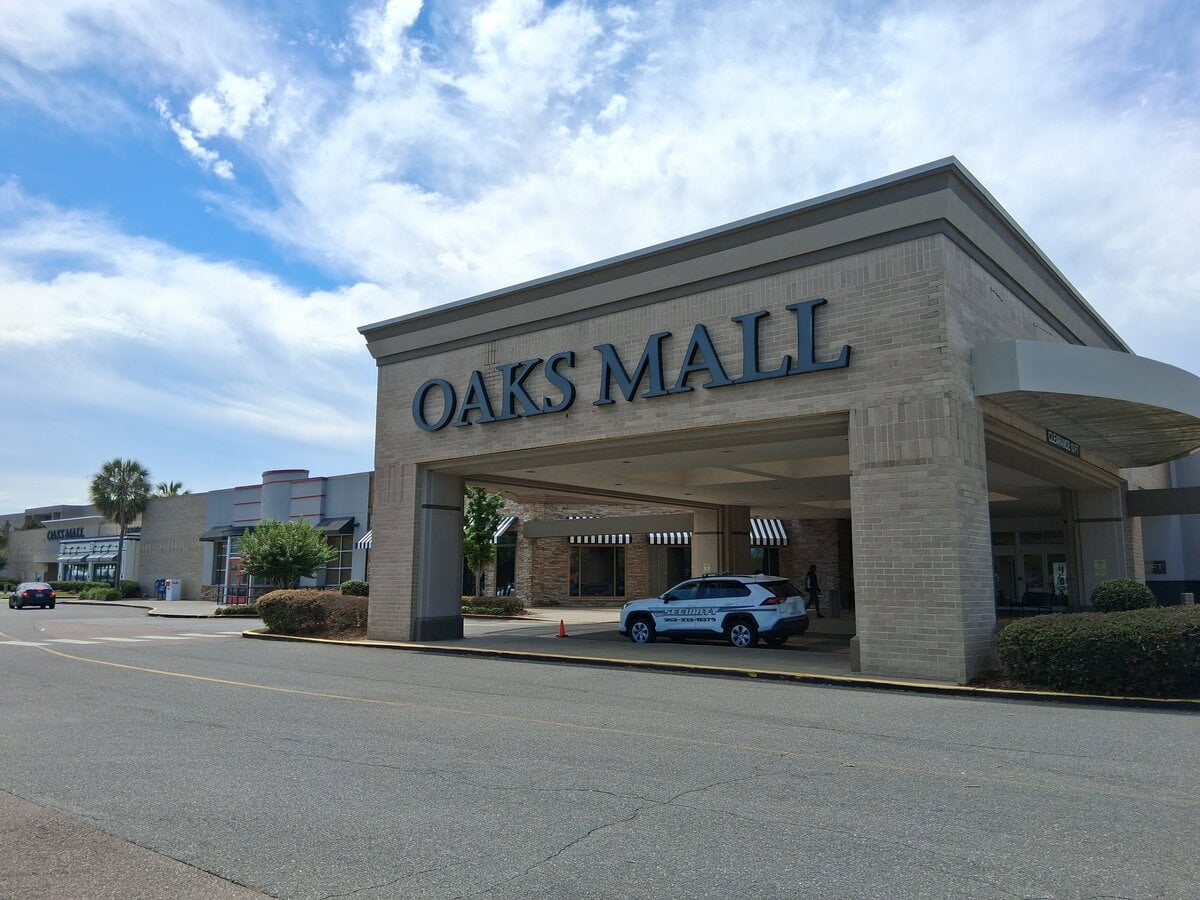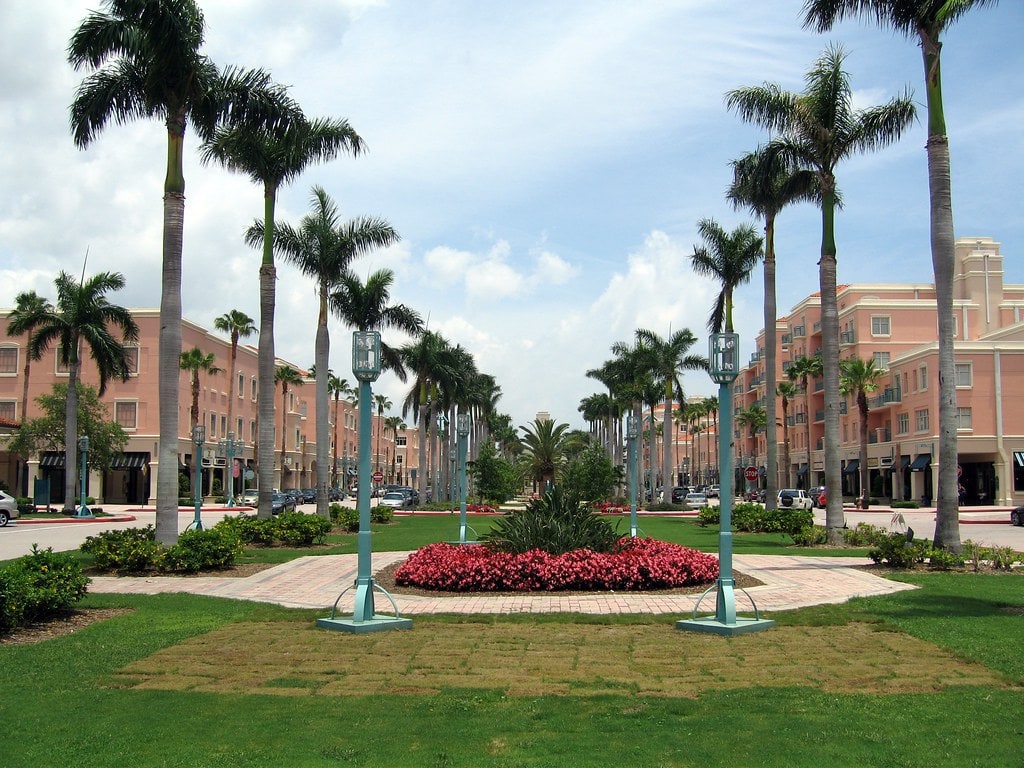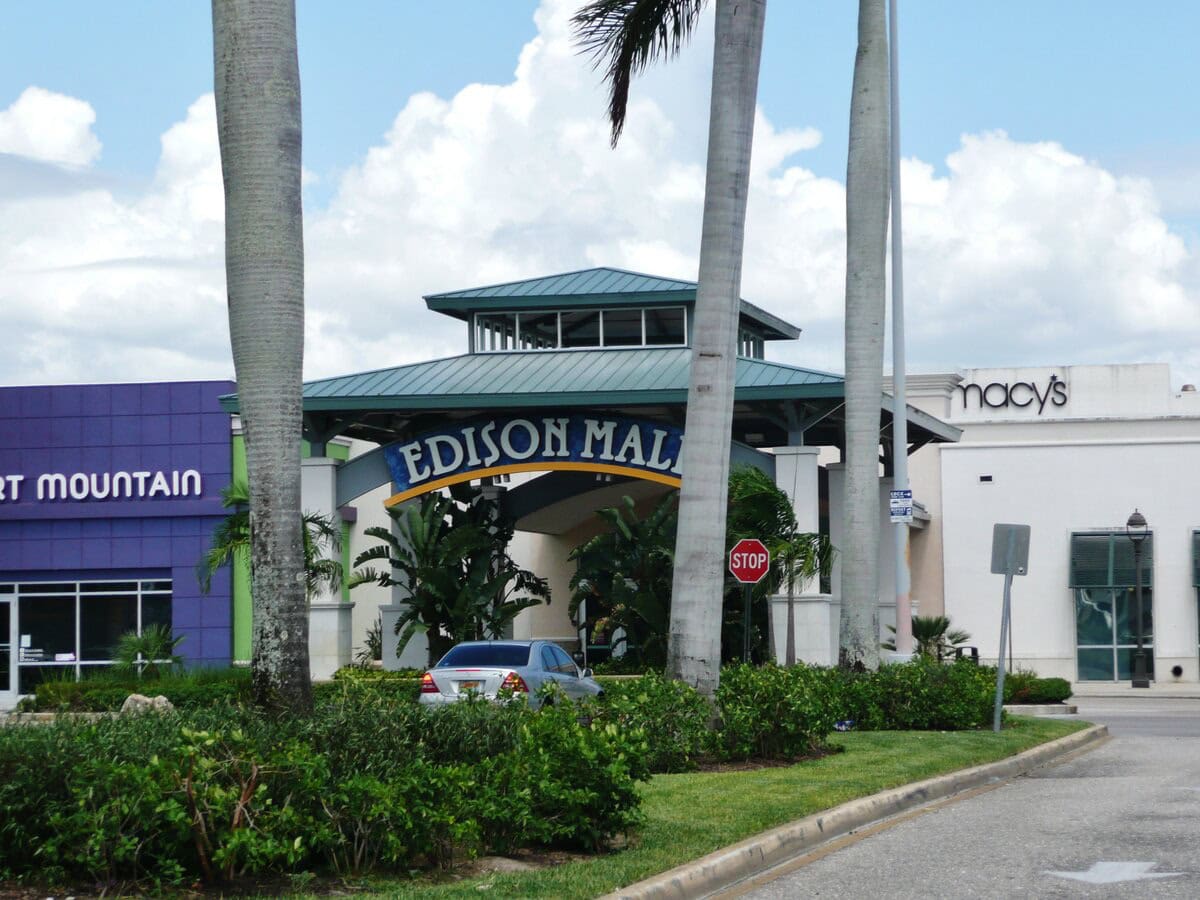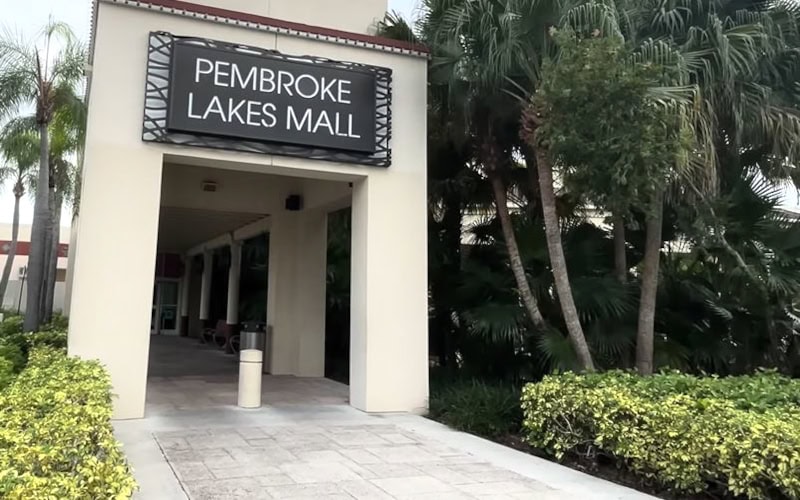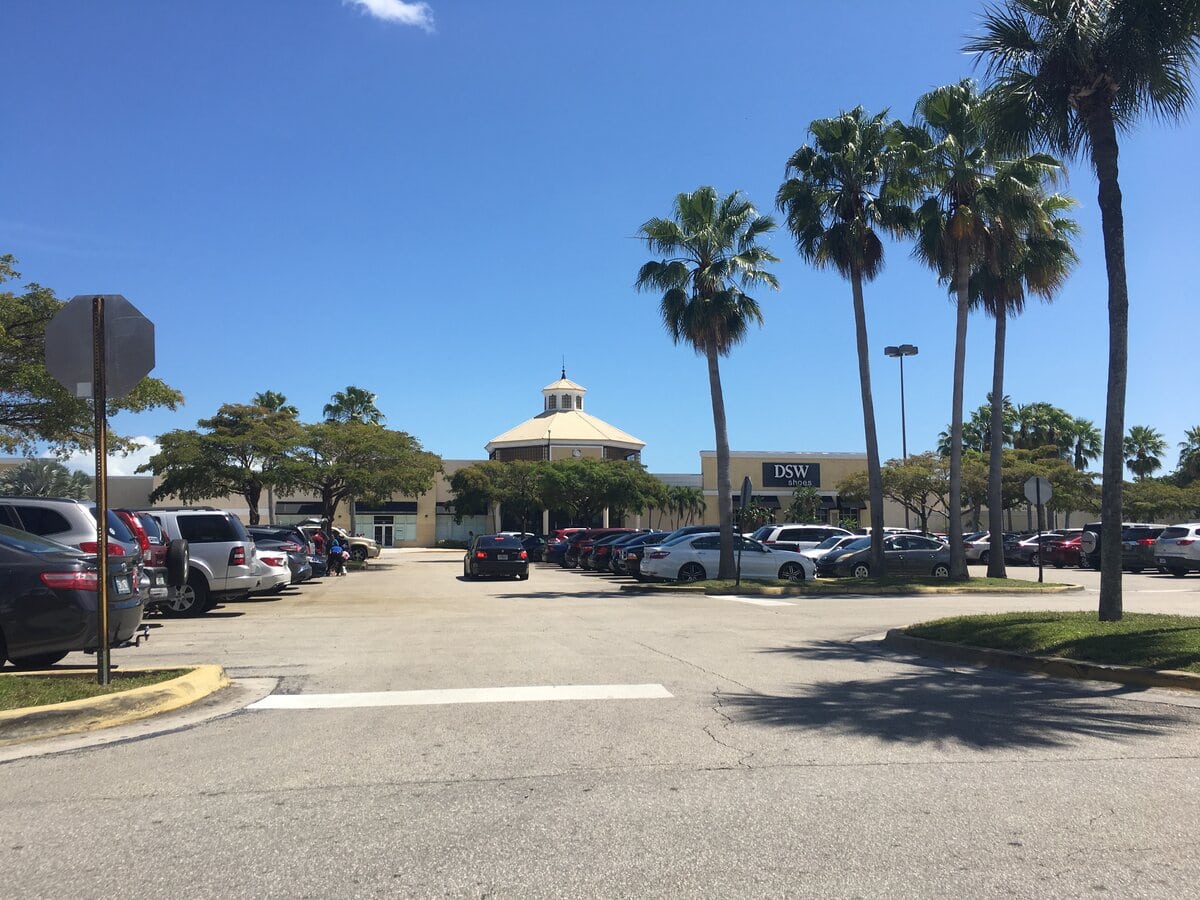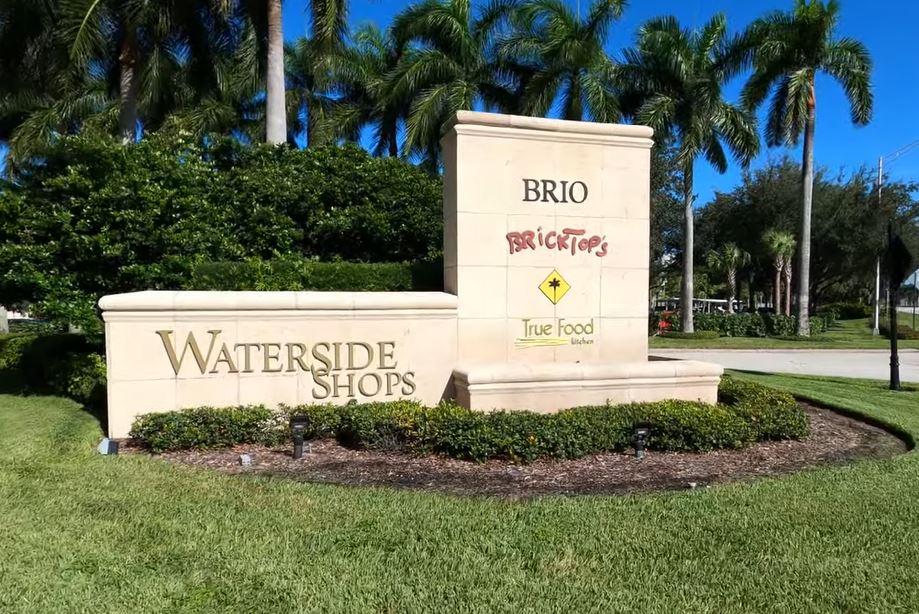Introduction to Midway Crossings
Midway Crossings, located on West Flagler Street in Miami, FL, is one of the city's long-standing retail centers.
Opened in 1970, it was originally named Midway Mall and developed by G. C. Evans.
Positioned near the Palmetto Expressway, it quickly became a popular shopping destination, drawing in locals and visitors alike with its convenient access and wide range of stores.
Over the years, Midway Crossings has evolved, adapting to Miami's shifting demographics and retail trends.
It boasts a variety of well-known national retailers, including The Home Depot, Costco, Burlington, and Marshalls.
With nearly 800,000 square feet of retail space, the mall has become a central hub for shopping, dining, and entertainment.
Visitors looking for things to do in Miami, FL, often stop by Midway Crossings, whether for a quick errand or a full day of shopping.
Its prime location and ongoing renovations keep it relevant as Miami's commercial landscape continues to grow.
The Early Days of Midway Crossings (1970-1980s)
At its launch, Midway Mall featured well-known department stores like Richard's, Jefferson Ward, and Woolco.
These stores were key players in retail during that period, anchoring the mall and attracting steady foot traffic.
However, like many malls across America in the late 1970s and early 1980s, the retail landscape began to shift, and these original anchor stores struggled to maintain their customer base.
Woolco, for instance, eventually closed its doors in 1983 and was converted into Winston's discount clothing store, marking the start of a period of transition for the mall.
By the mid-1980s, Midway Mall had lost a number of its original retailers and saw declining occupancy.
This decline prompted its owners to rethink the mall's strategy, especially as Miami's demographics evolved.
Many retailers moved out, but efforts were soon underway to reposition the space.
The focus turned toward attracting a new wave of middle-class shoppers.
The transformation that followed set the stage for the mall's eventual rebranding, a pivotal move that would shape its future.
The Major Rebrand (1987-1990s)
By the late 1980s, Midway Mall needed a fresh start.
In December 1987, the mall underwent a major rebranding, changing its name to Mall of the Americas.
This move wasn't just about a new name; it marked a shift in strategy aimed at attracting a different crowd.
The focus turned to Miami's middle-class Latin American shoppers, reflecting the city's growing Hispanic population.
New anchor stores were brought in to revitalize the space.
Retailers like Marshalls and L. Luria & Sons opened their doors alongside The Home Depot, which took over the space once occupied by Woolco.
These stores catered to more budget-conscious customers and quickly became popular.
Around the same time, AMC Theatres launched an eight-screen multiplex inside the mall, adding an entertainment component that drew in more foot traffic.
As the mall adapted to its new identity, more retailers followed.
One of the most notable additions during this period was the arrival of Forever 21.
It was the first store outside of California for the popular clothing brand, which was expanding rapidly at the time.
This period of growth positioned the mall as a thriving commercial space, providing a shopping destination for Miami's diverse community.
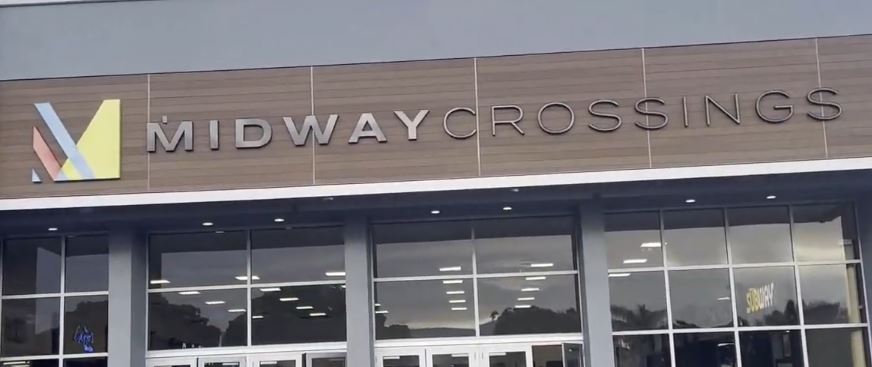
Decline and Struggles (2000-2010s)
As the new millennium began, Mall of the Americas faced fresh challenges.
The early 2000s saw the rise of newer shopping destinations in Miami, which started to pull customers away from the mall.
By the mid-2000s, many of the original tenants had either moved to standalone locations or closed entirely.
The Home Depot, a long-standing anchor, relocated to a nearby building in 2003, leaving a large vacancy behind.
Occupancy levels dipped, with only 30% of the space leased at one point.
Even though Burlington and Marshalls remained key anchors, the mall struggled to fill other storefronts.
Efforts were made to bring in new tenants, but it wasn't enough to keep pace with Miami's growing retail competition.
In 2015, another attempt at revitalization came when Costco announced it would be opening a new location at the mall.
This decision led to the demolition of part of the north wing, which had housed the AMC Theatres.
Although the theater had long drawn visitors, the addition of Costco breathed new life into the mall.
However, challenges persisted as new tenants were slow to arrive, and the mall still needed to adapt to changing consumer preferences.
Recent Renovations and Current Developments (2020-2023)
By 2022, Mall of the Americas had officially rebranded itself as Midway Crossings.
This name change came as part of an effort to breathe new life into the mall and attract a broader range of retailers and shoppers.
Major renovation projects began, focused on upgrading the property and making it more appealing to modern consumers.
One of the biggest developments in 2023 was the arrival of Aldi, a well-known discount grocery chain that opened in the east wing.
The addition of Aldi marked a shift towards practical, everyday shopping for the local community, making Midway Crossings more than just a destination for occasional visits.
Around the same time, construction began on a new Micro Center, a retailer specializing in electronics and technology, which opened on the north side of the mall.
This is expected to attract a tech-savvy crowd, expanding the mall's customer base.
In May 2023, Outback Steakhouse opened in a building previously occupied by Chuy's Tex-Mex.
These changes have sparked interest in Midway Crossings again, showing that the mall continues to evolve with consumer needs.
A Look into the Future (2024 and Beyond)
As of 2024, Midway Crossings' future looks promising.
The recent additions of retailers like Aldi, Micro Center, and Outback Steakhouse are just the beginning.
The mall's management has indicated that more stores are in the pipeline.
With the renovations continuing, Midway Crossings is positioning itself as a key retail destination in this area.
With over 11 available retail spaces, there is still room for growth, attracting both national chains and local businesses.
As retail spaces adapt to changing consumer habits, malls like Midway Crossings are integrating more practical services and essential retailers, like grocery stores and electronics shops, into their tenant mix.
This is especially relevant for the diverse, middle-class community within the mall's three-mile radius, which has an average household income of over $96,000.
Looking forward, the mall's strategic location near major traffic arteries like the Palmetto Expressway and Dolphin Expressway will continue to make it convenient for both locals and visitors.
With its ongoing renovations and plans for future expansions, Midway Crossings is set to remain on Miami's retail scene, offering a mix of shopping, dining, and everyday services to the surrounding community.

